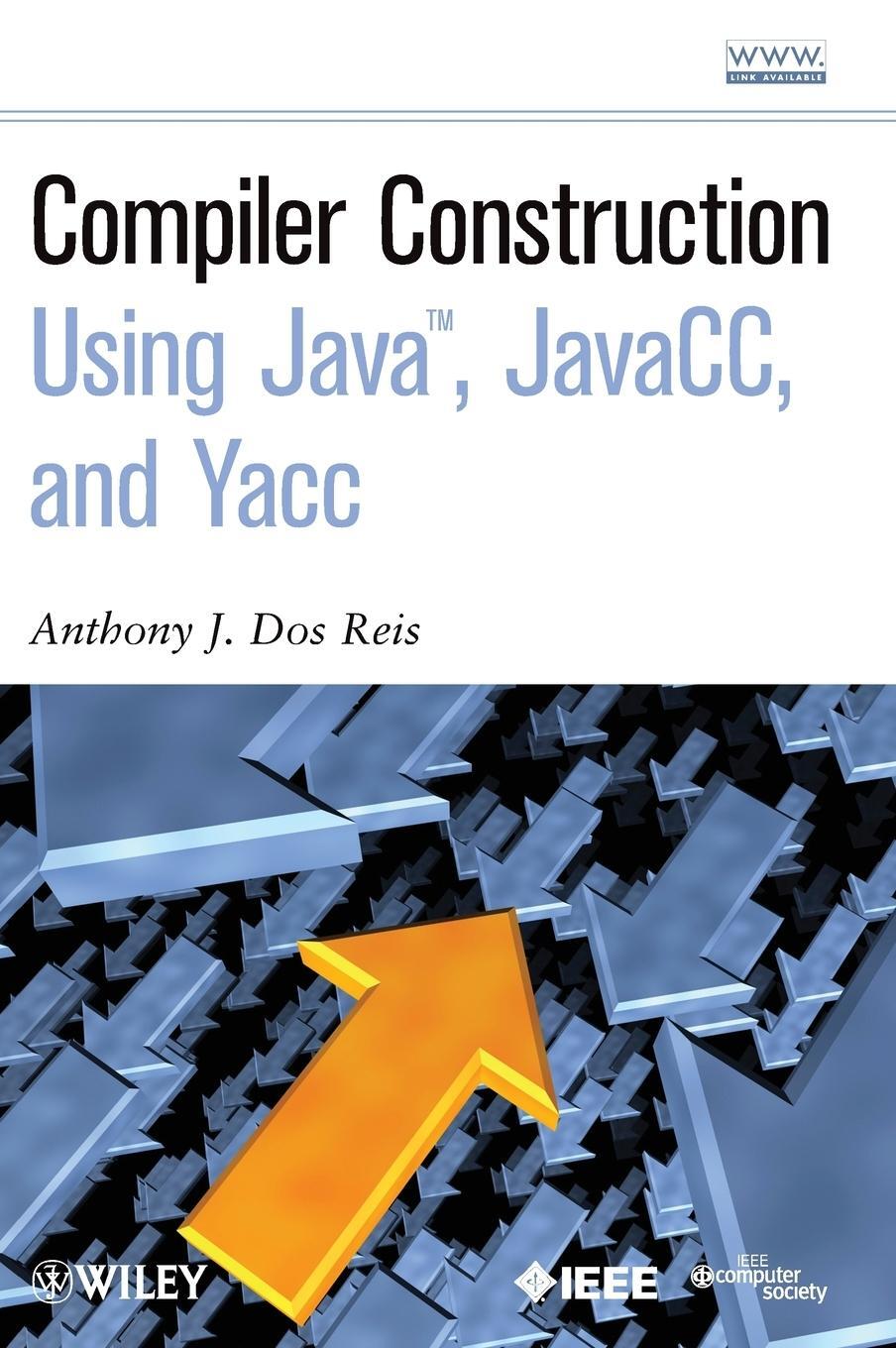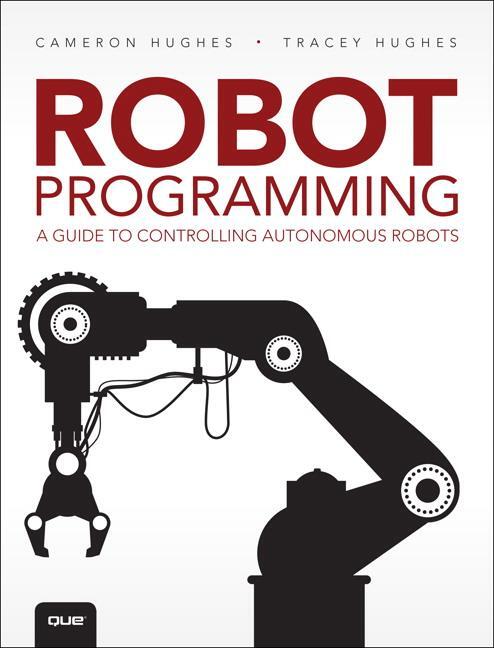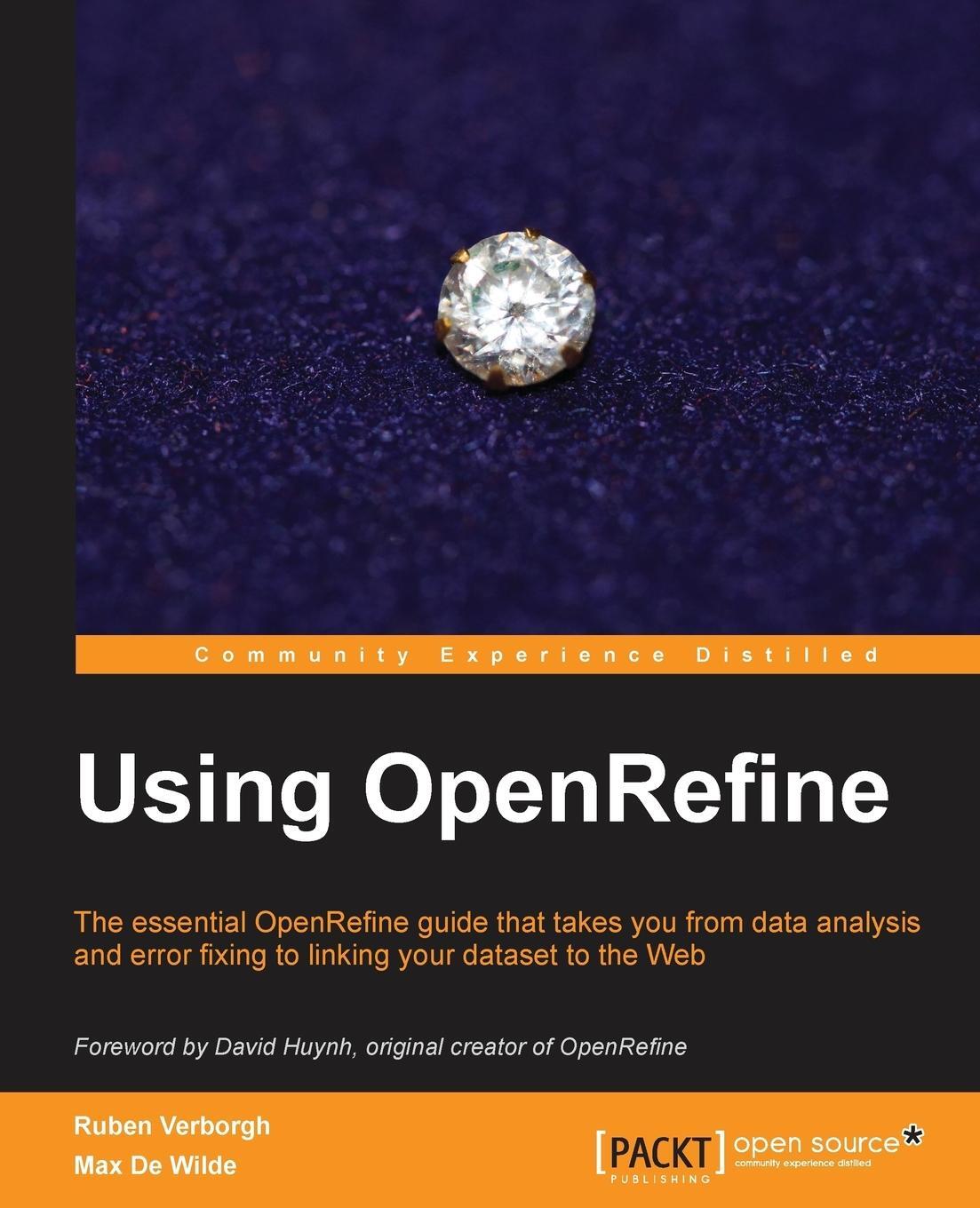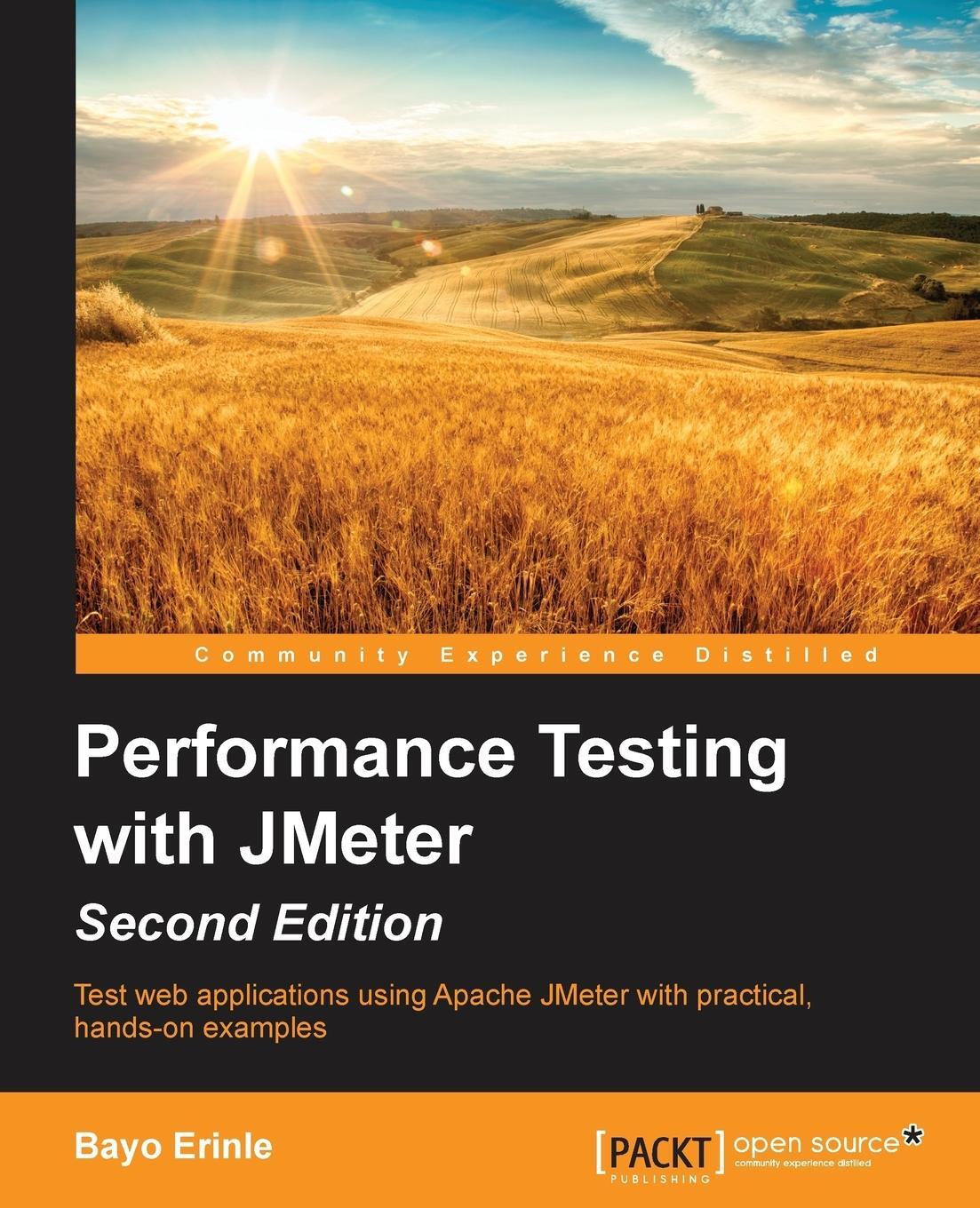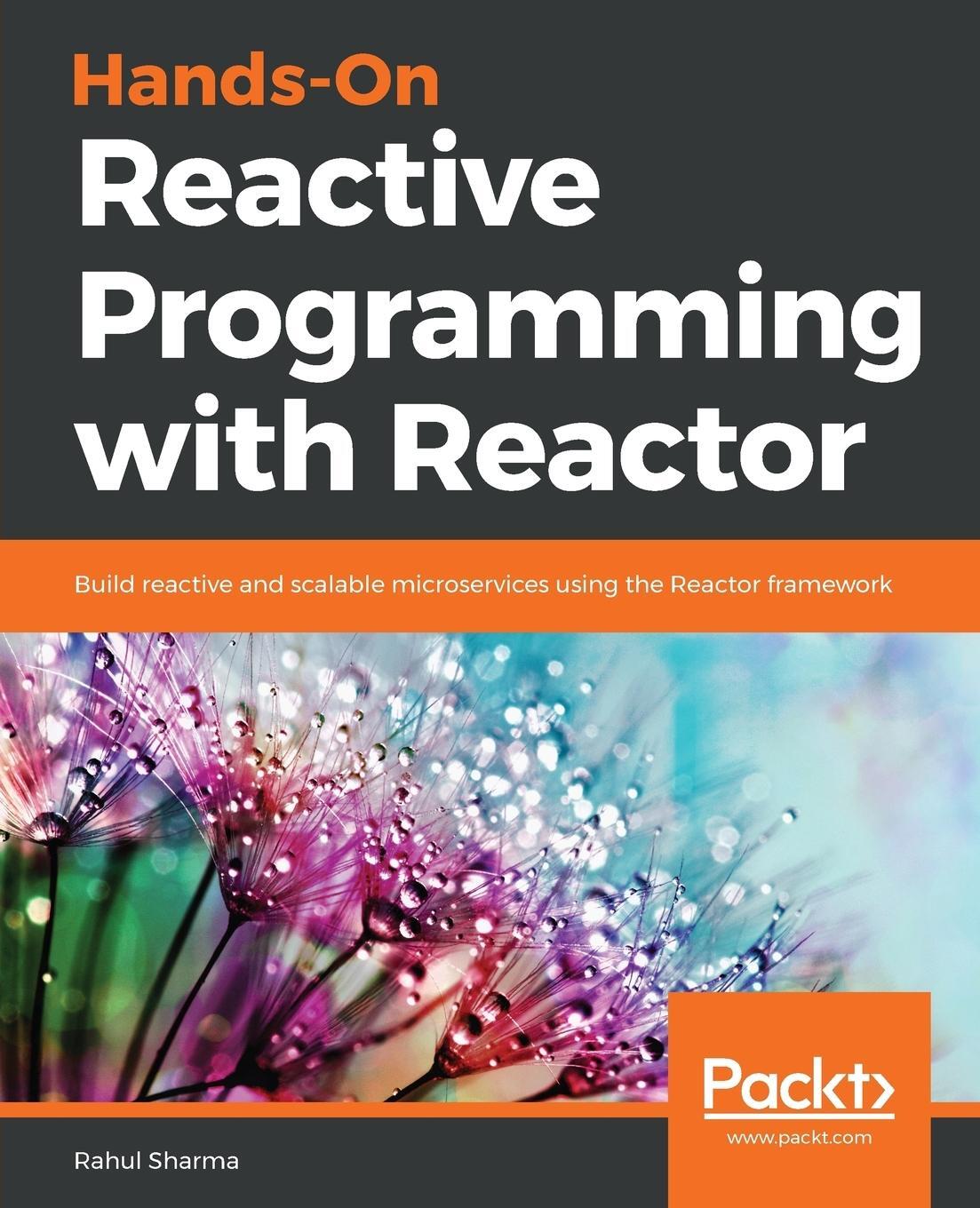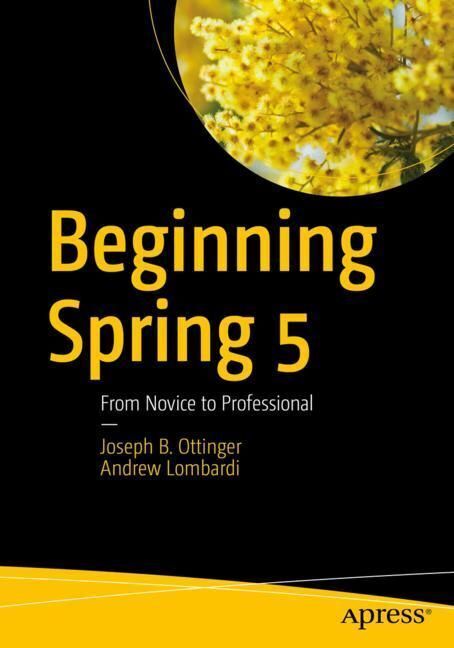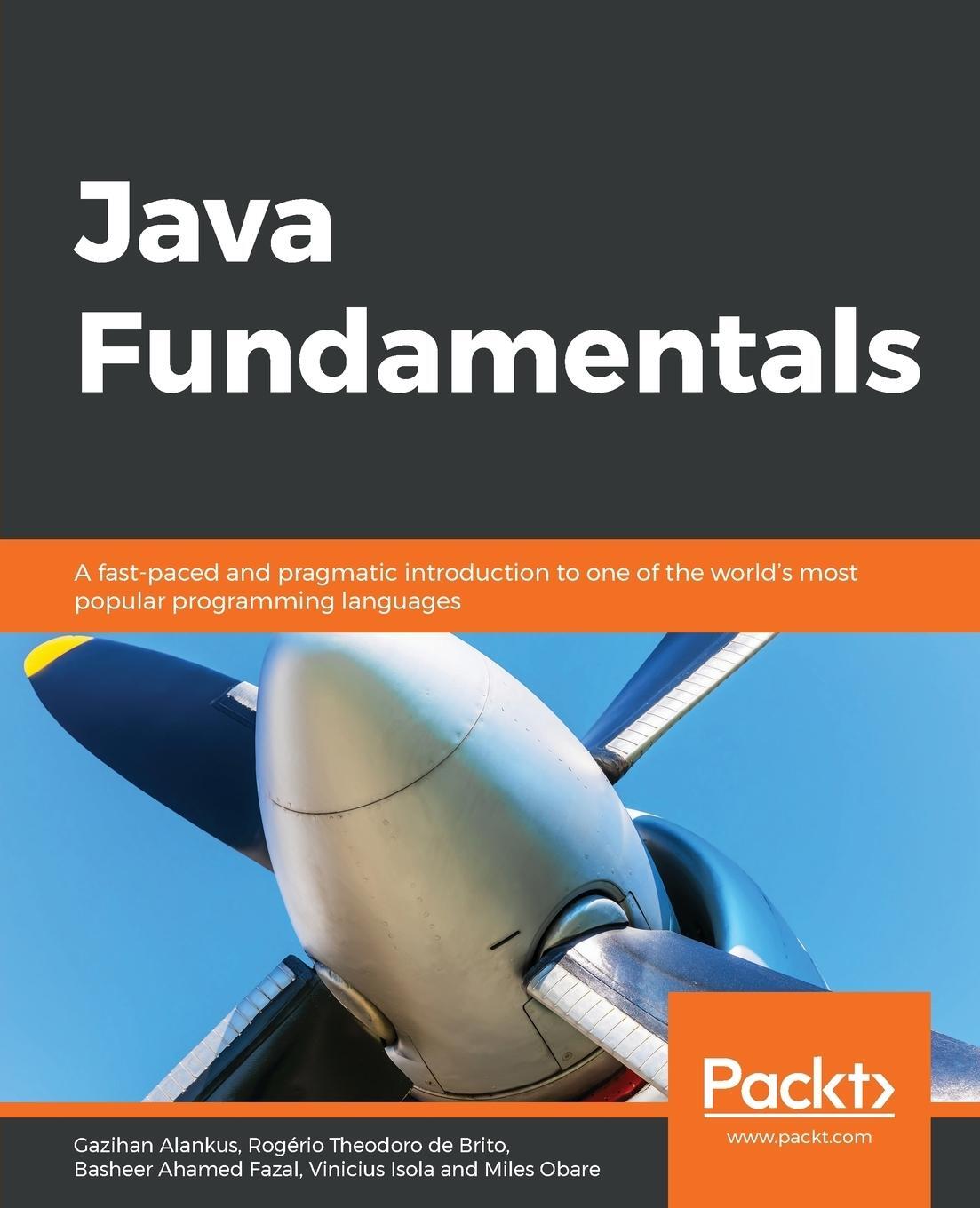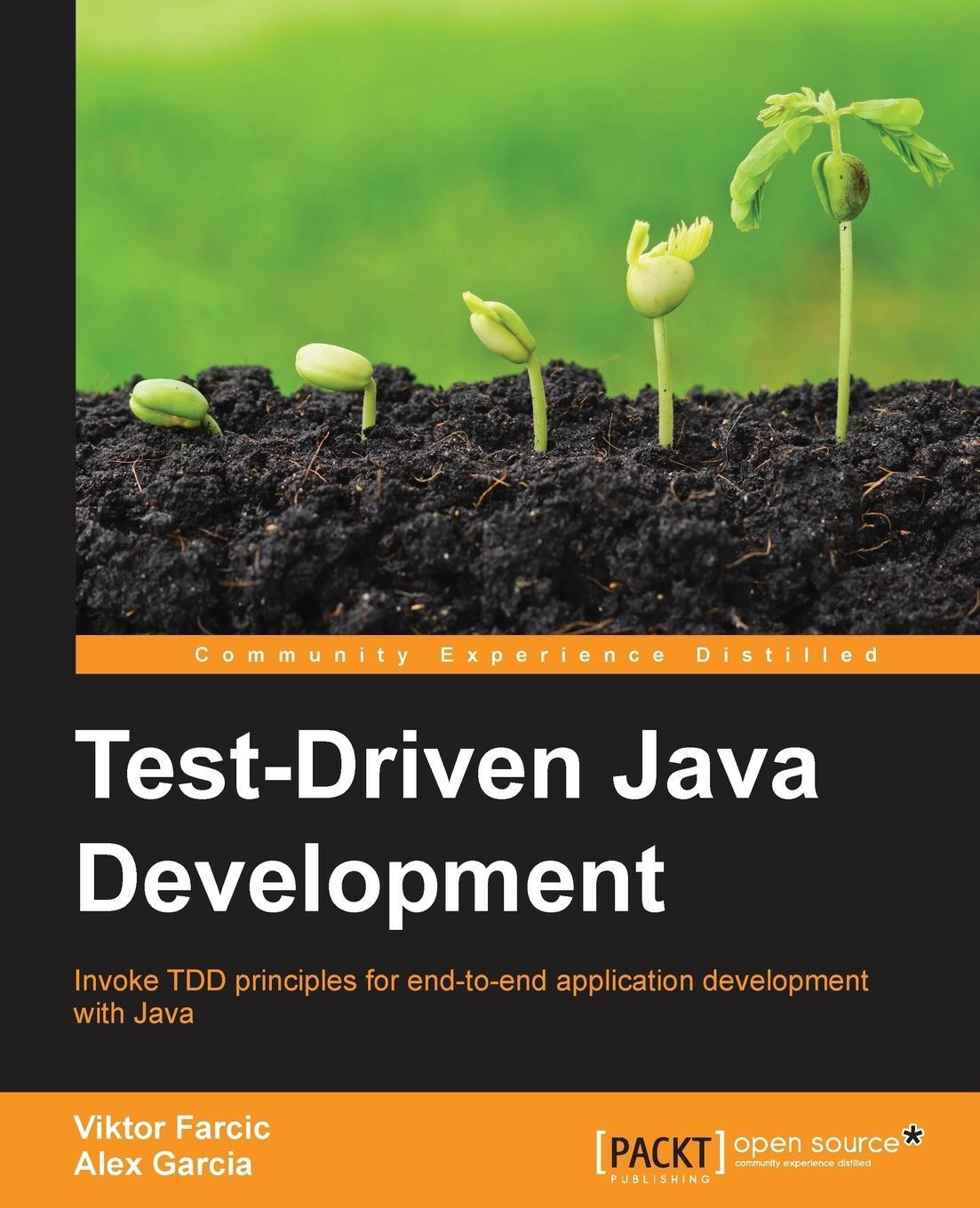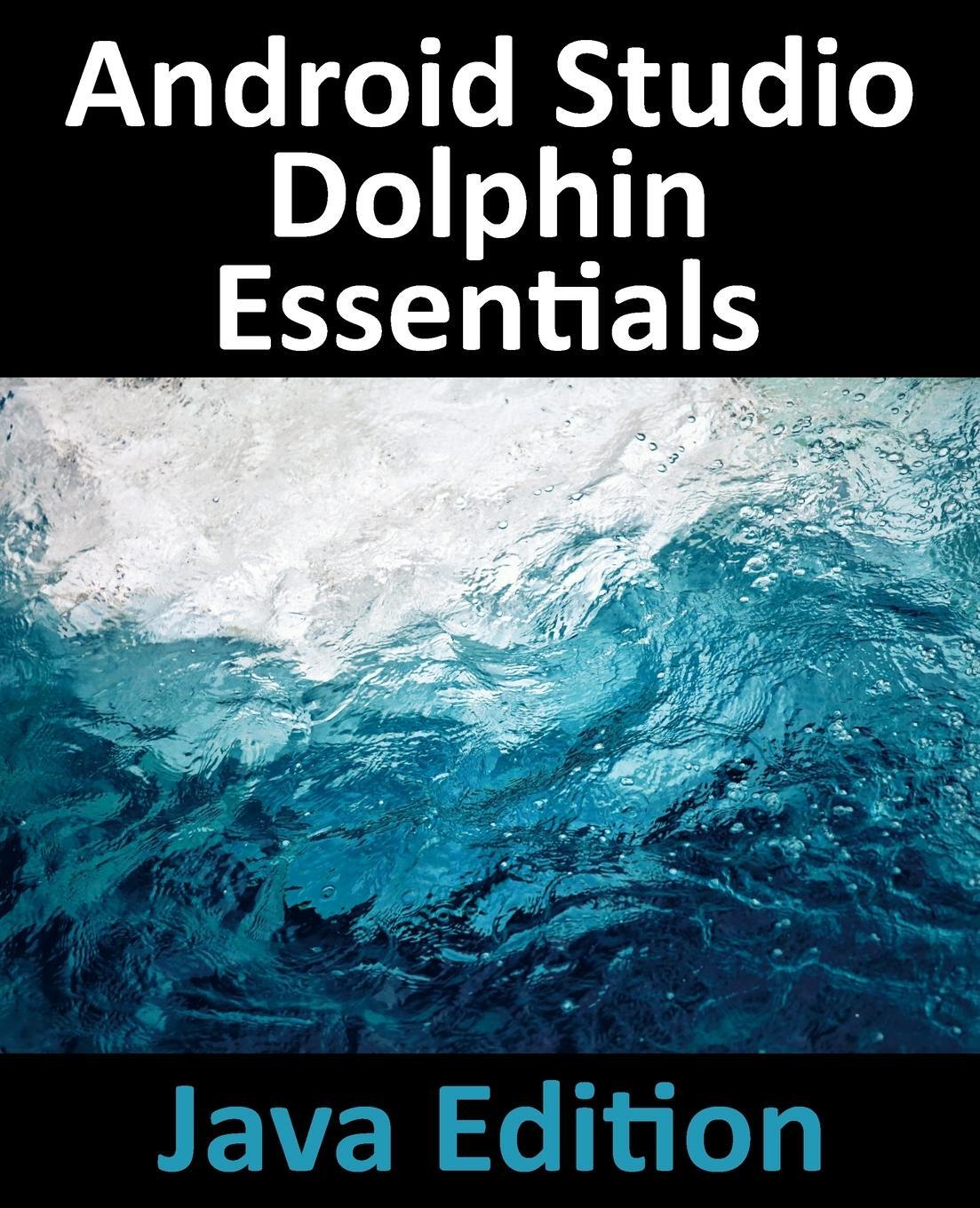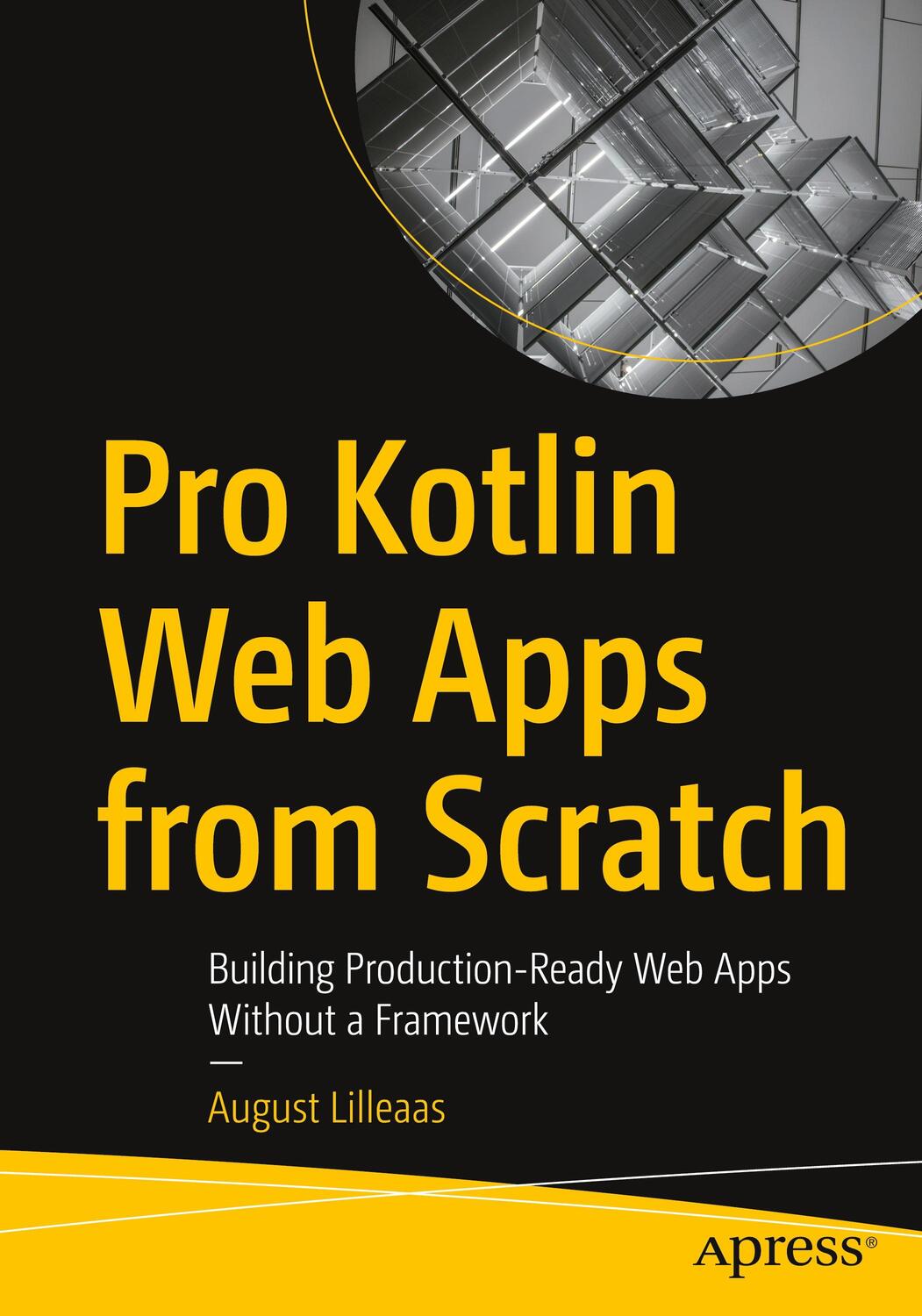123,50 €*
Versandkostenfrei per Post / DHL
Aktuell nicht verfügbar
Compiler construction is a tricky subject, involving theory, the application of that theory, and programming technology. Virtually every day, advances in computer technology propel advances in compiler technology. Compiler Construction Using Java, JavaCC, and Yacc covers every topic essential to learning compilers from the ground up and is accompanied by a powerful and flexible software package for evaluating projects as well as several tutorials, well-defined projects, and test cases. While the coverage of JavaCC is entirely optional, this book provides the only comprehensive introduction to the topic currently available.
Far easier to read and understand than any other compiler guide, this book sets a new standard for learning this invaluable skill. It provides:
* Strong coverage of formal languages, including context-sensitive and unrestricted languages as well as regular and context-free languages
* A clear exposition of compiler design and implementation theory
* Numerous well-defined projects, using source language with six levels of complexity
* A complete teaching support software package that evaluates compiler projects for correctness, run time, and size of code, and runs on multiple platforms
* Immediate feedback for students on their projects
Compiler Construction Using JavaTM, JavaCC, and Yacc provides substantial support for each project, many of which are incremental enhancements of previous projects. The goals at each new level are challenging but achievable and can be reached in several different ways, for example, by writing a compiler or interpreter by hand, with JavaCC, or with Yacc.
Compiler construction is a tricky subject, involving theory, the application of that theory, and programming technology. Virtually every day, advances in computer technology propel advances in compiler technology. Compiler Construction Using Java, JavaCC, and Yacc covers every topic essential to learning compilers from the ground up and is accompanied by a powerful and flexible software package for evaluating projects as well as several tutorials, well-defined projects, and test cases. While the coverage of JavaCC is entirely optional, this book provides the only comprehensive introduction to the topic currently available.
Far easier to read and understand than any other compiler guide, this book sets a new standard for learning this invaluable skill. It provides:
* Strong coverage of formal languages, including context-sensitive and unrestricted languages as well as regular and context-free languages
* A clear exposition of compiler design and implementation theory
* Numerous well-defined projects, using source language with six levels of complexity
* A complete teaching support software package that evaluates compiler projects for correctness, run time, and size of code, and runs on multiple platforms
* Immediate feedback for students on their projects
Compiler Construction Using JavaTM, JavaCC, and Yacc provides substantial support for each project, many of which are incremental enhancements of previous projects. The goals at each new level are challenging but achievable and can be reached in several different ways, for example, by writing a compiler or interpreter by hand, with JavaCC, or with Yacc.
ANTHONY J. DOS REIS is Associate Professor of Computer Science at the State University of New York at New Paltz. Before becoming a professor, Dr. Dos Reis worked at IBM as a systems programmer, creating IBM operating systems and compilers. His teaching interests include computer engineering, program translation, Java, and formal languages.
Chapter 1. Strings, Languages, and Compilers 1
1.1 Introduction 1
1.2 Basic Language Concepts 1
1.3 Basic Compiler Concepts 3
1.4 Basic Set Theory 4
1.5 Null String 6
1.6 Concatenation 7
1.7 Exponent Notation 7
1.8 Star Operator 8
1.9 Concatenation of Sets of Strings 9
1.10 Plus Operator 11
1.11 Question Mark Operator 11
1.12 Shorthand Notation for a Set Containing a Single String 12
1.13 Operator Precedence 12
1.14 Regular Expressions 13
1.15 Limitations of Regular Expressions 15
Problems 16
Chapter 2. Context-Free Grammars, Part 1 19
2.1 Introduction 19
2.2 What is a Context-Free Grammar? 20
2.3 Derivations Using a Context-Free Grammar 21
2.4 Language Defined by a Context-Free Grammar 23
2.5 Different Ways of Representing Context-Free Grammars 25
2.6 Some Simple Grammars 26
2.7 Techniques for Generating Languages with Context-Free Grammars 29
2.8 Regular and Right Linear Grammars 35
2.9 Counting with Regular Grammars 37
2.0 Grammars for Lists 39
2.10 An Important Language that is Not Context Free 44
Problems 45
Chapter 3. Context-Free Grammars, Part 2 49
3.1 Introduction 49
3.2 Parse Trees 49
3.3 Leftmost and Rightmost Derivations 51
3.4 Substitution 52
3.5 Ambiguous Grammars 54
3.6 Determining Nullable Nonterminals 59
3.7 Eliminating Lambda Productions 60
3.8 Eliminating Unit Productions 64
3.9 Eliminating Useless Nonterminals 66
3.10 Recursion Conversions 71
3.11 Adding the Null String to a Language 76
Problems 77
Chapter 4. Context-Free Grammars, Part 3 83
4.1 Introduction 83
4.2 Grammars for Arithmetic Expressions 83
4.3 Specifying Associativity and Precedence in Grammars 90
4.4 Backus-Naur Form 92
4.5 Syntax Diagrams 94
4.6 Abstract Syntax Trees and Three-Address Code 96
4.7 Noncontracting Grammars 97
4.8 Essentially Noncontracting Grammars 97
4.9 Converting a Context-Free Grammar to an Essentially Noncontracting Grammar 98
4.10 Pumping Property of Context-Free Languages 101
Problems 104
Chapter 5. Chomsky's Hierarchy 107
5.1 Introduction 107
5.2 Context-Sensitive Productions 107
5.3 Context-Sensitive Grammars 110
5.4 Unrestricted Grammars 111
Problems 112
Chapter 6. Top-Down Parsing 115
6.1 Introduction 115
6.2 Top-Down Construction of a Parse Tree 115
6.3 Parses that Fail 117
6.4 A Bad Grammar for Top-Down Parsing 118
6.5 Deterministic Parses 119
6.6 A Parser that Uses a Stack 120
6.7 Table Representation of a Stack Parser 124
6.8 Handling Productions with Nonleading Terminal 126
6.9 Writing a Stack Parser in Java 127
Problems 134
Chapter 7. LL(1) Grammars 137
7.1 Introduction 137
7.2 FIRST Set of the Right Side of a Production 137
7.3 Determining Operation Sequences 140
7.4 Determining Selection Sets of Lambda Productions 142
7.5 Whatever-Follows-Left-Follows-Rightmost Rule 145
7.6 Selection Sets for Productions with Nullable Right Sides 147
7.7 Selection Sets Containing End-of-Input Symbol 149
7.8 A Stack Parser for a Grammar with Lambda Productions 152
7.9 Converting a Non-LL(1) Grammar to an LL(1) Grammar 153
7.10 Parsing with an Ambiguous Grammar 160
7.11 Computing FIRST and FOLLOW Sets 163
Problem 165
Chapter 8. Table-Driven Stack Parser 171
8.1 Introduction 171
8.2 Unifying the Operations of a Stack Parser 172
8.3 Implementing a Table-Driven Stack Parser 175
8.4 Improving Our Table-Driven Stack Parser 180
8.5 Parsers that are Not Deterministic--A Digression on Theory 181
Problems 183
Chapter 9. Recursive-Descent Parsing 185
9.1 Introduction 185
9.2 Simple Recursive-Descent Parser 185
9.3 Handling Lambda Productions 192
9.4 A Common Error 197
9.5 Java Code for Productions 198
9.6 Left Factoring in a Recursive-Descent Parser 199
9.7 Eliminating Tail Recursion 204
9.8 Translating the Star, Plus, and Question Mark Operators 108
9.9 Doing Things Backward 210
Problems 211
Chapter 10. Recursive-Descent Translation 215
10.1 Introduction 215
10.2 A Simple Translation Grammar 215
10.3 Converting a Translation Grammar to Java Code 217
10.4 Specifications for a Translation Grammar 218
10.5 Passing Information During a Parse 231
10.6 L-Attributed Grammars 236
10.7 New Token Manager 238
10.8 Solving the Token Lookahead Problem 241
10.9 Code for the New Token Manager 241
10.10 Translation Grammar for Prefix-Expression Compiler 253
10.11 An Interesting Use of Recursion 257
Problems 261
Chapter 11. Assembly Language 265
11.1 Introduction 265
11.2 Structure of the J1 Computer 265
11.3 Machine Language Instructions 266
11.4 Assembly Language Instructions 268
11.5 Pushing Characters 269
11.6 aout Instruction 270
11.7 Using Labels 270
11.8 Using the Assembler 272
11.9 stav Instruction 275
11.10 Compiling and Assignment Statement 277
11.11 Compiling print and println 280
11.12 Outputting Strings 281
11.13 Inputting Decimal Numbers 283
11.14 Entry Directive 284
11.15 More Assembly Language 285
Problems 285
Chapter 12. S1--A Simple Compiler 289
12.1 Introduction 289
12.2 The Source Language 289
12.3 Grammar for Source Language 289
12.4 The Target Language 291
12.5 Symbol Table 292
12.6 Code Generator 293
12.7 Token Class 293
12.8 Writing the Translation Grammar 294
12.9 Implementing the S1 Compiler 299
12.10 Trying Out S1 315
12.11 Advice on Extending the S1 Compiler 318
12.12 Specifications for S2 320
Problems 324
Chapter 13. JavaCC 331
13.1 Introduction 331
13.2 JavaCC Extended Regular Expressions 333
13.3 JavaCC Input File 337
13.4 Specifying Actions for Regular Expressions 344
13.5 JavaCC Input File for S1j 348
13.6 Files Produced by JavaCC 355
13.7 Using the Star and Plus Operators 359
13.8 Choice Points and the Lookahead Directive 362
13.9 JavaCC's Choice Algorithm 367
13.10 Syntactic and Semantic Lookahead 371
13.11 Using JavaCC to Create a Token Manager Only 372
13.12 Using the Token Chain 373
13.13 Suppressing Warning Messages 377
Problems 387
Chapter 14. Building on S2 383
14.1 Introduction 383
14.2 Extending println and print 383
14.3 Cascaded Assignment Statement 388
14.4 Unary Plus and Minus 313
14.5 readint Statement 393
14.6 Controlling the Token Trace from the Command Line 395
14.7 Specifications for S3 396
Problems 396
Chapter 15. Compiling Control Structures 399
15.1 Introduction 399
15.2 while Statement 399
15.3 if Statement 403
15.4 do-while Statement 407
15.5 Range Checking of Numerical Constants 408
15.6 Handling Backslash-Quote in a String 410
15.7 Handling Backslash-Quote with JavaCC 411
15.8 Universal Blocks in JavaCC 416
15.9 Handling Strings that Span Lines 418
15.10 Handling Strings that Span Lines Using JavaCC 419
15.11 Special_Token Block in JavaCC 422
15.12 Error Recovery 424
15.13 Error Recovery in JavaCC 429
15.14 Specifications for S4 430
Problems 431
Chapter 16. Compiling Programs in Functional Form 435
16.1 Introduction 435
16.2 Separate Assembly and Linking 435
16.3 Calling and Returning from Functions 439
16.4 Source Language for S5 443
16.5 Symbol Table for S5 445
16.6 Code Generator for S5 446
16.7 Translation Grammar for S5 447
16.8 Linking with a Library 457
16.9 Specifications for S5 458
16.10 Extending S5 458
Problems 461
Chapter 17. Finite Automata 465
17.1 Introduction 465
17.2 Deterministic Finite Automata 466
17.3 Converting a DFA to a Regular Expression 468
17.4 Java Code for a DFA 468
17.5 Nondeterministic Finite Automata 474
17.6 Using an NFA as an Algorithm 476
17.7 Converting an NFA to a DFA with the Subset Algorithm 478
17.8 Converting a DFA to a Regular Grammar 479
17.9 Converting a Regular Grammar to an NFA 482
17.10 Converting a Regular Expressions to an NFA 484
17.11 Finding the Minimal DFA 488
17.12 Pumping Property of Regular Languages 493
Problems 495
Chapter 18. Capstone Project: Implementing Grep Using Compiler Technology 499
18.1 Introduction 499
18.2 Regular Expressions for Our GREP Program 501
18.3 Token Manager for Regular Expression 501
18.4 Grammar for Regular Expressions 503
18.5 Target Language for Our Regular Expression Compiler 503
18.6 Using an NFA for Pattern Matching 508
Problems 513
Chapter 19. Compiling to a Register-Oriented Architecture 515
19.1 Introduction 515
19.2 Using the Register Instruction Set 516
19.3 Modifications to the Symbol Table for R1 517
19.4 Parser and Code Generator for R1 518
Problems 526
Chapter 20. Optimization 529
20.1 Introduction 529
20.2 Using the 1dc Instruction 531
20.3 Reusing Temporary Variables 432
20.4 Constant Folding 535
20.5 Register Allocation 537
20.6 Peephole Optimization 540
Problems 543
Chapter 21. Interpreters 547
21.1 Introduction 547
20.2 Converting S1 to 11 549
20.3 Interpreting Statements that Transfer Control 552
20.4 Implementing the Compiler-Interpreter C11 553
20.5 Advantages of Interpreters 558
Problems 559
Chapter 22. Bottom-Up Parsing 561
22.1 Introduction 561
22.2 Principles of Bottom-Up Parsing 561
22.3 Parsing with Right- versus Left-Recursive Grammars 565
22.4 Bottom-up Parsing with an Ambiguous Grammar 566
22.5 Do-Not Reduce Rule 569
22.6 SLR(1) Parsing 570
22.7 Shift/Reduce Conflicts 577
22.8 Reduce/Reduce Conflicts 579
22.9 LR(1) Parsing 579
Problems 584
Chapter 23. yacc 587
23.1 Introduction 587
23.2 yacc Input and Output Files 587
23.3 A Simple yacc-Generated Parser 588
23.4 Passing Values Using the Value Stack 596
23.5 Using yacc With an Ambiguous Grammar 602
23.6 Passing Values down the Parse Tree 604
23.7 Implementing Sly 606
23.8 jflex 612
Problems 618
Appendix A. Stack Instruction Set 621
Appendix B. Register Instruction Set 625
References 629
Index 631
| Erscheinungsjahr: | 2011 |
|---|---|
| Genre: | Informatik |
| Rubrik: | Naturwissenschaften & Technik |
| Medium: | Buch |
| Seiten: | 664 |
| Inhalt: |
XVII
635 S. |
| ISBN-13: | 9780470949597 |
| ISBN-10: | 0470949597 |
| Sprache: | Englisch |
| Einband: | Gebunden |
| Autor: | Dos Reis, Anthony J |
| Hersteller: |
Wiley
John Wiley & Sons |
| Maße: | 260 x 183 x 39 mm |
| Von/Mit: | Anthony J Dos Reis |
| Erscheinungsdatum: | 20.12.2011 |
| Gewicht: | 1,408 kg |
ANTHONY J. DOS REIS is Associate Professor of Computer Science at the State University of New York at New Paltz. Before becoming a professor, Dr. Dos Reis worked at IBM as a systems programmer, creating IBM operating systems and compilers. His teaching interests include computer engineering, program translation, Java, and formal languages.
Chapter 1. Strings, Languages, and Compilers 1
1.1 Introduction 1
1.2 Basic Language Concepts 1
1.3 Basic Compiler Concepts 3
1.4 Basic Set Theory 4
1.5 Null String 6
1.6 Concatenation 7
1.7 Exponent Notation 7
1.8 Star Operator 8
1.9 Concatenation of Sets of Strings 9
1.10 Plus Operator 11
1.11 Question Mark Operator 11
1.12 Shorthand Notation for a Set Containing a Single String 12
1.13 Operator Precedence 12
1.14 Regular Expressions 13
1.15 Limitations of Regular Expressions 15
Problems 16
Chapter 2. Context-Free Grammars, Part 1 19
2.1 Introduction 19
2.2 What is a Context-Free Grammar? 20
2.3 Derivations Using a Context-Free Grammar 21
2.4 Language Defined by a Context-Free Grammar 23
2.5 Different Ways of Representing Context-Free Grammars 25
2.6 Some Simple Grammars 26
2.7 Techniques for Generating Languages with Context-Free Grammars 29
2.8 Regular and Right Linear Grammars 35
2.9 Counting with Regular Grammars 37
2.0 Grammars for Lists 39
2.10 An Important Language that is Not Context Free 44
Problems 45
Chapter 3. Context-Free Grammars, Part 2 49
3.1 Introduction 49
3.2 Parse Trees 49
3.3 Leftmost and Rightmost Derivations 51
3.4 Substitution 52
3.5 Ambiguous Grammars 54
3.6 Determining Nullable Nonterminals 59
3.7 Eliminating Lambda Productions 60
3.8 Eliminating Unit Productions 64
3.9 Eliminating Useless Nonterminals 66
3.10 Recursion Conversions 71
3.11 Adding the Null String to a Language 76
Problems 77
Chapter 4. Context-Free Grammars, Part 3 83
4.1 Introduction 83
4.2 Grammars for Arithmetic Expressions 83
4.3 Specifying Associativity and Precedence in Grammars 90
4.4 Backus-Naur Form 92
4.5 Syntax Diagrams 94
4.6 Abstract Syntax Trees and Three-Address Code 96
4.7 Noncontracting Grammars 97
4.8 Essentially Noncontracting Grammars 97
4.9 Converting a Context-Free Grammar to an Essentially Noncontracting Grammar 98
4.10 Pumping Property of Context-Free Languages 101
Problems 104
Chapter 5. Chomsky's Hierarchy 107
5.1 Introduction 107
5.2 Context-Sensitive Productions 107
5.3 Context-Sensitive Grammars 110
5.4 Unrestricted Grammars 111
Problems 112
Chapter 6. Top-Down Parsing 115
6.1 Introduction 115
6.2 Top-Down Construction of a Parse Tree 115
6.3 Parses that Fail 117
6.4 A Bad Grammar for Top-Down Parsing 118
6.5 Deterministic Parses 119
6.6 A Parser that Uses a Stack 120
6.7 Table Representation of a Stack Parser 124
6.8 Handling Productions with Nonleading Terminal 126
6.9 Writing a Stack Parser in Java 127
Problems 134
Chapter 7. LL(1) Grammars 137
7.1 Introduction 137
7.2 FIRST Set of the Right Side of a Production 137
7.3 Determining Operation Sequences 140
7.4 Determining Selection Sets of Lambda Productions 142
7.5 Whatever-Follows-Left-Follows-Rightmost Rule 145
7.6 Selection Sets for Productions with Nullable Right Sides 147
7.7 Selection Sets Containing End-of-Input Symbol 149
7.8 A Stack Parser for a Grammar with Lambda Productions 152
7.9 Converting a Non-LL(1) Grammar to an LL(1) Grammar 153
7.10 Parsing with an Ambiguous Grammar 160
7.11 Computing FIRST and FOLLOW Sets 163
Problem 165
Chapter 8. Table-Driven Stack Parser 171
8.1 Introduction 171
8.2 Unifying the Operations of a Stack Parser 172
8.3 Implementing a Table-Driven Stack Parser 175
8.4 Improving Our Table-Driven Stack Parser 180
8.5 Parsers that are Not Deterministic--A Digression on Theory 181
Problems 183
Chapter 9. Recursive-Descent Parsing 185
9.1 Introduction 185
9.2 Simple Recursive-Descent Parser 185
9.3 Handling Lambda Productions 192
9.4 A Common Error 197
9.5 Java Code for Productions 198
9.6 Left Factoring in a Recursive-Descent Parser 199
9.7 Eliminating Tail Recursion 204
9.8 Translating the Star, Plus, and Question Mark Operators 108
9.9 Doing Things Backward 210
Problems 211
Chapter 10. Recursive-Descent Translation 215
10.1 Introduction 215
10.2 A Simple Translation Grammar 215
10.3 Converting a Translation Grammar to Java Code 217
10.4 Specifications for a Translation Grammar 218
10.5 Passing Information During a Parse 231
10.6 L-Attributed Grammars 236
10.7 New Token Manager 238
10.8 Solving the Token Lookahead Problem 241
10.9 Code for the New Token Manager 241
10.10 Translation Grammar for Prefix-Expression Compiler 253
10.11 An Interesting Use of Recursion 257
Problems 261
Chapter 11. Assembly Language 265
11.1 Introduction 265
11.2 Structure of the J1 Computer 265
11.3 Machine Language Instructions 266
11.4 Assembly Language Instructions 268
11.5 Pushing Characters 269
11.6 aout Instruction 270
11.7 Using Labels 270
11.8 Using the Assembler 272
11.9 stav Instruction 275
11.10 Compiling and Assignment Statement 277
11.11 Compiling print and println 280
11.12 Outputting Strings 281
11.13 Inputting Decimal Numbers 283
11.14 Entry Directive 284
11.15 More Assembly Language 285
Problems 285
Chapter 12. S1--A Simple Compiler 289
12.1 Introduction 289
12.2 The Source Language 289
12.3 Grammar for Source Language 289
12.4 The Target Language 291
12.5 Symbol Table 292
12.6 Code Generator 293
12.7 Token Class 293
12.8 Writing the Translation Grammar 294
12.9 Implementing the S1 Compiler 299
12.10 Trying Out S1 315
12.11 Advice on Extending the S1 Compiler 318
12.12 Specifications for S2 320
Problems 324
Chapter 13. JavaCC 331
13.1 Introduction 331
13.2 JavaCC Extended Regular Expressions 333
13.3 JavaCC Input File 337
13.4 Specifying Actions for Regular Expressions 344
13.5 JavaCC Input File for S1j 348
13.6 Files Produced by JavaCC 355
13.7 Using the Star and Plus Operators 359
13.8 Choice Points and the Lookahead Directive 362
13.9 JavaCC's Choice Algorithm 367
13.10 Syntactic and Semantic Lookahead 371
13.11 Using JavaCC to Create a Token Manager Only 372
13.12 Using the Token Chain 373
13.13 Suppressing Warning Messages 377
Problems 387
Chapter 14. Building on S2 383
14.1 Introduction 383
14.2 Extending println and print 383
14.3 Cascaded Assignment Statement 388
14.4 Unary Plus and Minus 313
14.5 readint Statement 393
14.6 Controlling the Token Trace from the Command Line 395
14.7 Specifications for S3 396
Problems 396
Chapter 15. Compiling Control Structures 399
15.1 Introduction 399
15.2 while Statement 399
15.3 if Statement 403
15.4 do-while Statement 407
15.5 Range Checking of Numerical Constants 408
15.6 Handling Backslash-Quote in a String 410
15.7 Handling Backslash-Quote with JavaCC 411
15.8 Universal Blocks in JavaCC 416
15.9 Handling Strings that Span Lines 418
15.10 Handling Strings that Span Lines Using JavaCC 419
15.11 Special_Token Block in JavaCC 422
15.12 Error Recovery 424
15.13 Error Recovery in JavaCC 429
15.14 Specifications for S4 430
Problems 431
Chapter 16. Compiling Programs in Functional Form 435
16.1 Introduction 435
16.2 Separate Assembly and Linking 435
16.3 Calling and Returning from Functions 439
16.4 Source Language for S5 443
16.5 Symbol Table for S5 445
16.6 Code Generator for S5 446
16.7 Translation Grammar for S5 447
16.8 Linking with a Library 457
16.9 Specifications for S5 458
16.10 Extending S5 458
Problems 461
Chapter 17. Finite Automata 465
17.1 Introduction 465
17.2 Deterministic Finite Automata 466
17.3 Converting a DFA to a Regular Expression 468
17.4 Java Code for a DFA 468
17.5 Nondeterministic Finite Automata 474
17.6 Using an NFA as an Algorithm 476
17.7 Converting an NFA to a DFA with the Subset Algorithm 478
17.8 Converting a DFA to a Regular Grammar 479
17.9 Converting a Regular Grammar to an NFA 482
17.10 Converting a Regular Expressions to an NFA 484
17.11 Finding the Minimal DFA 488
17.12 Pumping Property of Regular Languages 493
Problems 495
Chapter 18. Capstone Project: Implementing Grep Using Compiler Technology 499
18.1 Introduction 499
18.2 Regular Expressions for Our GREP Program 501
18.3 Token Manager for Regular Expression 501
18.4 Grammar for Regular Expressions 503
18.5 Target Language for Our Regular Expression Compiler 503
18.6 Using an NFA for Pattern Matching 508
Problems 513
Chapter 19. Compiling to a Register-Oriented Architecture 515
19.1 Introduction 515
19.2 Using the Register Instruction Set 516
19.3 Modifications to the Symbol Table for R1 517
19.4 Parser and Code Generator for R1 518
Problems 526
Chapter 20. Optimization 529
20.1 Introduction 529
20.2 Using the 1dc Instruction 531
20.3 Reusing Temporary Variables 432
20.4 Constant Folding 535
20.5 Register Allocation 537
20.6 Peephole Optimization 540
Problems 543
Chapter 21. Interpreters 547
21.1 Introduction 547
20.2 Converting S1 to 11 549
20.3 Interpreting Statements that Transfer Control 552
20.4 Implementing the Compiler-Interpreter C11 553
20.5 Advantages of Interpreters 558
Problems 559
Chapter 22. Bottom-Up Parsing 561
22.1 Introduction 561
22.2 Principles of Bottom-Up Parsing 561
22.3 Parsing with Right- versus Left-Recursive Grammars 565
22.4 Bottom-up Parsing with an Ambiguous Grammar 566
22.5 Do-Not Reduce Rule 569
22.6 SLR(1) Parsing 570
22.7 Shift/Reduce Conflicts 577
22.8 Reduce/Reduce Conflicts 579
22.9 LR(1) Parsing 579
Problems 584
Chapter 23. yacc 587
23.1 Introduction 587
23.2 yacc Input and Output Files 587
23.3 A Simple yacc-Generated Parser 588
23.4 Passing Values Using the Value Stack 596
23.5 Using yacc With an Ambiguous Grammar 602
23.6 Passing Values down the Parse Tree 604
23.7 Implementing Sly 606
23.8 jflex 612
Problems 618
Appendix A. Stack Instruction Set 621
Appendix B. Register Instruction Set 625
References 629
Index 631
| Erscheinungsjahr: | 2011 |
|---|---|
| Genre: | Informatik |
| Rubrik: | Naturwissenschaften & Technik |
| Medium: | Buch |
| Seiten: | 664 |
| Inhalt: |
XVII
635 S. |
| ISBN-13: | 9780470949597 |
| ISBN-10: | 0470949597 |
| Sprache: | Englisch |
| Einband: | Gebunden |
| Autor: | Dos Reis, Anthony J |
| Hersteller: |
Wiley
John Wiley & Sons |
| Maße: | 260 x 183 x 39 mm |
| Von/Mit: | Anthony J Dos Reis |
| Erscheinungsdatum: | 20.12.2011 |
| Gewicht: | 1,408 kg |

